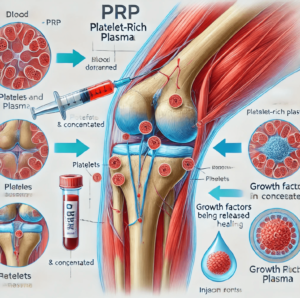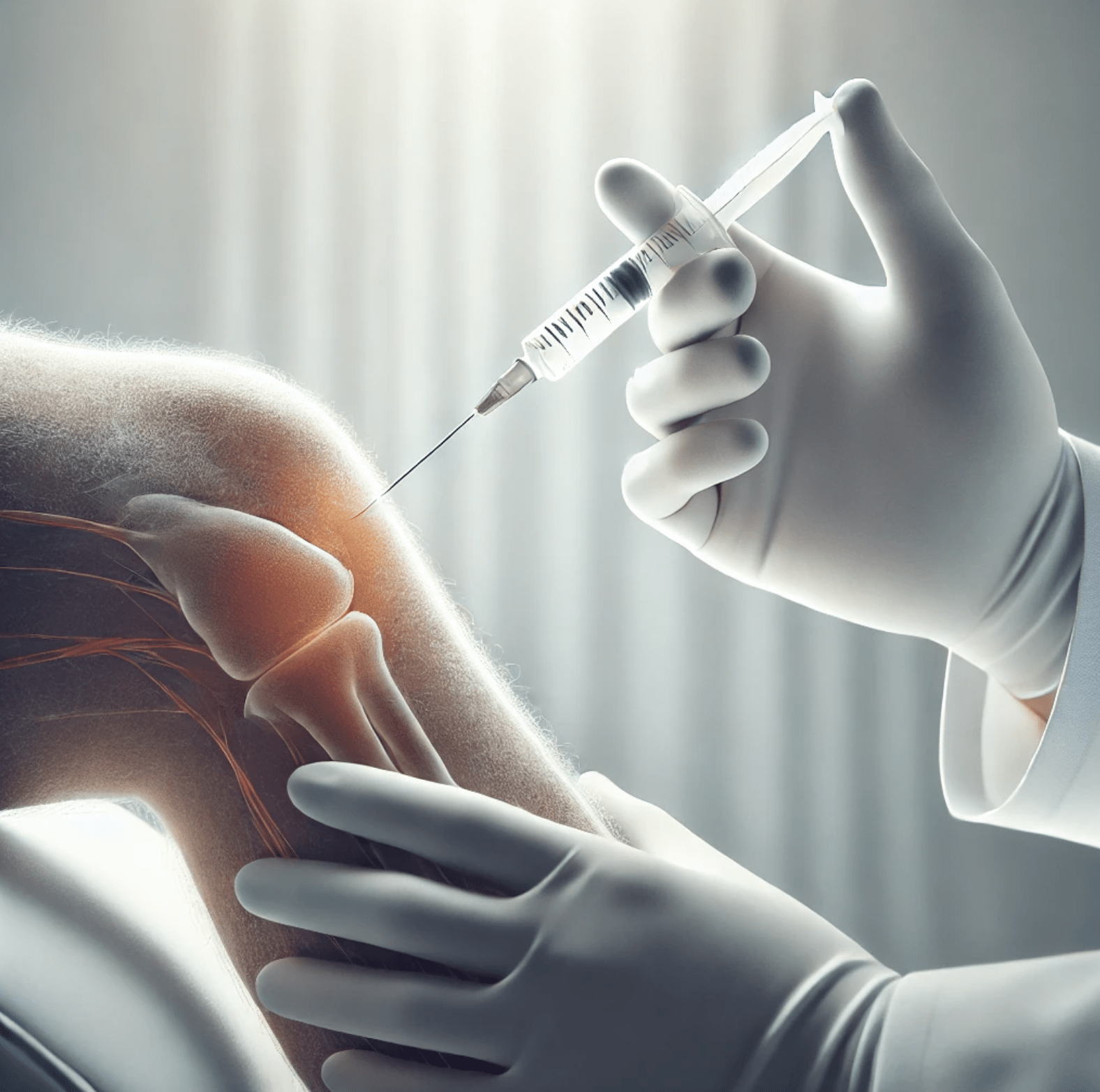PRP injection Elbow has gained attention as a revolutionary treatment for various injuries, particularly in athletes and active individuals. One area where PRP has shown promise is in alleviating elbow pain, which can arise from conditions like tennis elbow, golfer’s elbow, or tendonitis. This article delves deep into the application of PRP injections for elbow injuries, helping you understand its benefits, procedure, recovery, and more.
Understanding PRP Therapy

Platelet-Rich Plasma (PRP) therapy is a cutting-edge regenerative treatment that leverages the body’s natural healing abilities. By isolating platelets from a patient’s blood and injecting them into the injured area, PRP stimulates tissue repair and accelerates healing.
How PRP Works
Platelets contain growth factors that play a crucial role in healing tissues, reducing inflammation, and forming new blood vessels. When injected into the damaged elbow tendons or ligaments, PRP can enhance the body’s natural repair processes.
Anatomy of the Elbow Joint
The elbow forms a complex hinge joint that includes three bones: the humerus, radius, and ulna. Ligaments, tendons, and muscles support the joint, enabling flexion, extension, and rotation. Because of its intricate structure, the elbow is prone to injuries from overuse, trauma, or degenerative changes.
Common Injuries to the Elbow
- Tennis Elbow (Lateral Epicondylitis): Inflammation of the tendons on the outer elbow.
- Golfer’s Elbow (Medial Epicondylitis): Pain on the inner side of the elbow.
- Tendonitis: Inflammation of the tendons around the elbow joint.
- Bursitis: Inflammation of the fluid-filled sacs that cushion the elbow.
What is a PRP Injection?
PRP injections involve drawing a small amount of the patient’s blood, spinning it in a centrifuge to concentrate the platelets, and then injecting the platelet-rich plasma back into the injured area. This therapy is minimally invasive and is often used when other treatments, like physical therapy or corticosteroids, have failed.
How PRP Injection Helps Elbow Pain
The primary benefits of PRP injections for the elbow include:
- Accelerated Healing: Growth factors in PRP promote tissue regeneration.
- Reduced Pain and Inflammation: PRP therapy targets inflammation at its source.
- Improved Joint Function: Restoring damaged tendons and ligaments can improve mobility and strength.
PRP Injection vs. Cortisone Injections
While cortisone injections can provide quick pain relief, they don’t heal the underlying cause of the injury and may even weaken tissues over time. In contrast, PRP injections focus on healing the injured tissues, providing long-term benefits.
| Comparison | PRP Injection | Cortisone Injection |
|---|---|---|
| Goal | Tissue regeneration | Pain relief |
| Longevity | Long-term healing | Short-term relief |
| Risks | Minimal | Possible tissue weakening |
| Recovery Time | Moderate | Quick relief but no healing |
Step-by-Step PRP Injection Procedure
- Preparation: Blood is drawn from the patient.
- Centrifuge Process: Blood is spun to concentrate the platelets.
- Injection: The PRP is injected into the injured elbow area using ultrasound guidance for precision.
- Post-Injection Care: Patients may experience mild swelling or soreness, which typically resolves within a few days.
Benefits of PRP for Elbow Injuries
PRP injections have been shown to:
- Speed up recovery from chronic tendon injuries.
- Improve the quality of tissue repair.
- Minimize the need for surgical intervention.
Risks and Side Effects
While PRP injections are generally safe, some potential side effects include:
- Minor pain at the injection site
- Swelling or bruising
- Temporary stiffness
Following aftercare instructions can help minimize these risks.
Who is a Good Candidate for PRP Injections?
Ideal candidates include:
- Individuals with chronic elbow pain unresponsive to conservative treatments.
- Athletes who want to avoid surgery.
- Patients with mild to moderate joint degeneration.
Preparing for a PRP Injection
Before the procedure, patients should:
- Avoid anti-inflammatory medications (e.g., ibuprofen) for at least a week.
- Stay hydrated and maintain a healthy diet.
- Consult with the doctor about any existing medications or conditions.
What to Expect After Treatment
Most patients experience relief within 4-6 weeks after the injection, with improvements continuing over several months. Physical therapy may be recommended to maximize results.
Post-Treatment Care
- Rest the elbow for the first few days.
- Gradually resume activities as guided by your healthcare provider.
- Apply ice to reduce swelling if necessary.
PRP Injection Success Rate
Studies have shown success rates ranging from 70% to 90% in patients with elbow injuries. Positive outcomes are often reported in reducing pain and improving function.
Frequently Asked Questions
Q1: How painful is a PRP injection for the elbow?
A: The injection itself may cause mild discomfort, but it is generally well-tolerated.
Q2: How many PRP injections are needed for elbow pain?
A: Typically, 1-3 injections are required, spaced several weeks apart.
Q3: Are PRP injections covered by insurance?
A: In most cases, PRP therapy is not covered by insurance, as it is still considered experimental.
Q4: How soon can I return to sports after a PRP injection?
A: Full recovery varies, but athletes can often return to sports in 4-8 weeks, depending on the injury.
Q5: Can PRP injections cure tennis elbow?
A: PRP injections can significantly reduce symptoms and promote healing, especially in chronic cases.
Q6: Are there any alternatives to PRP injections?
A: Other options include physical therapy, cortisone injections, and surgery, depending on the severity.
Conclusion
PRP injections for the elbow are a promising, non-surgical solution for managing pain and accelerating recovery. By harnessing the body’s natural healing abilities, PRP therapy offers a path to restored function and relief, especially for those with chronic elbow conditions.
